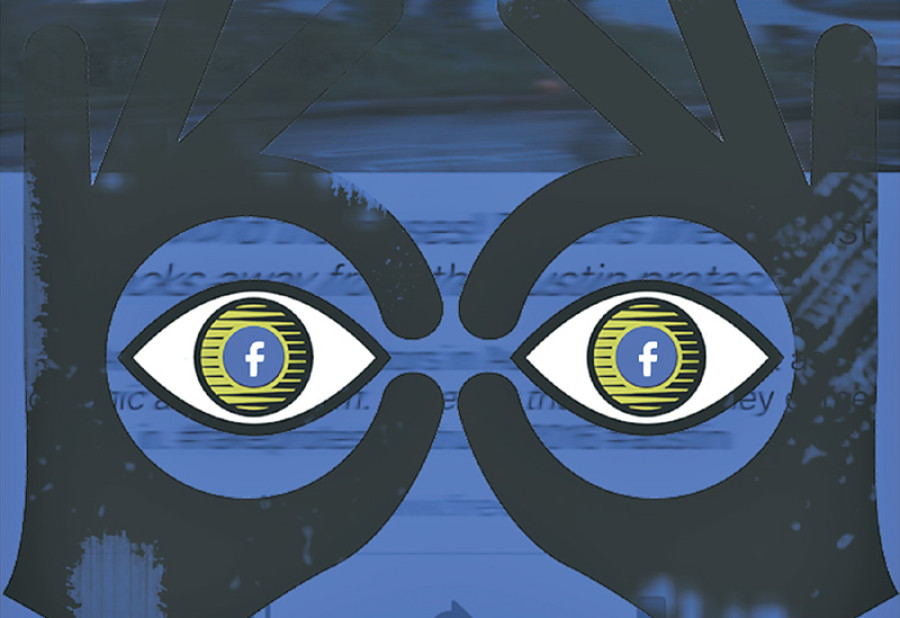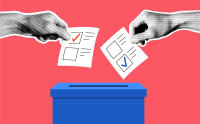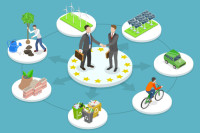Opinion
Menace of fake news
Till the early 2000s, the internet was a decentralised, anarchic and mostly unregulated platform.
Anup Kumar, Avinash Gupta & Dikshya Singh
Till the early 2000s, the internet was a decentralised, anarchic and mostly unregulated platform. Online-only news publication was rare. News came from traditional sources, such as news agencies or publishing houses, that posted news on their homepages, in addition to other channels like TV or newspapers. The news business faced significant hurdles. It needed capital, expertise and technology. However, the emergence and rapid penetration of social media and the web have drastically lowered the entry barriers for developing and sharing contents, including news. News consumption is increasingly driven by online-only news publishing, mainly shared through social media. While publishing and sharing information, including news, has become easy, it has also created challenges. Fake news is gradually emerging as one such menace.
At the most fundamental level and in the current context, it comes in the form of active misinformation packaged to appear as credible news. It can also be news published on blogs and websites by non-specialised, often dubious sources, intended to misinform, misguide and spread propaganda. Fake news has the potential to stifle the state and, by extension, democratic institutions and governance. In this information age, fake news has become a low-cost and extremely effective instrument of waging an unethical war against powerful institutional opponents, spread by users who share it believing it to be genuine. With a user base of over 1.7 billion, Facebook is the host of more fake news than any other social media platform. A fake report of a nuclear threat by Israeli defense minister misled his Pakistani counterpart into retweeting the report and reminding him that Pakistan, too, is a nuclear power.
How does one separate the fake from the credible? Many respected news publications use a specific template on their websites. A fake news generator creates hoax headlines, graphics and content by using a template identical to that of credible news providers. Fodey.com, for example, creates fake news using newspaper clipping templates. Breakyourownnews.com has a predefined template for creating any breaking news with numerous sharing options. Distinguishing the fake from the real can be difficult, especially if it appears like it is coming from a prestigious news source.
Culpable social media platforms
Social media platforms are at the centre of the fake news debate and its regulation. According to research carried out by the Pew Research Center, 62 percent of US adults get their news through social media and two thirds of Facebook users consume news on its platform. Given Facebook’s billion-plus user base with high engagement rates, the accuracy of the content on its newsfeed is critical. For Facebook to attract more publishers, it is essential that credible content is not overshadowed by sensational fake news. While social media has made everyone a content developer and publisher, detection and curbing of fake news and its sharing is technically complex. Laws on free expression and speech also pose an ethical challenge when controlling what is published and shared.
During the recent 2016 US election campaign, Facebook users learnt that the pope had endorsed Trump, that a Democratic operative was murdered after agreeing to testify against Hilary Clinton and that Bill Clinton raped a 13-year-old girl. These are completely bogus news stories. In Nepal, after the 2015 earthquake, there were several fake news stories predicting earthquakes in different parts of the country—it is technically impossible to do that. Stories like these thrive on social media platforms because their algorithms prioritise engagement and an effective way to engage readers is to prioritise the most shared stories.
But why publish fake news? Who is behind it and what do they gain? The answer is seldom commercial and is often related to spreading misinformation for political gains. German chancellor Angela Merkel has rightly argued that public opinion is manipulated on the internet and that opinions are being formed in a completely new media environment entirely different from how it was 25 years ago.
A threat to social order
Fake sites, bots, trolls and even some greedy online-only news providers are a threat to social order. While individual creation and sharing of content have numerous benefits, for example in times of disasters, the same platform being used to transmit propaganda poses grave challenges to stability and governance.
It is widely believed that the misinformation industry may have influenced the outcome of the US presidential election. The data mining giants, Facebook and Google, whose revenues depend on advertisements, moved to cut ad revenue to bogus sites after the election. Facebook has repeatedly vowed to work on stronger detection and easier reporting of misinformation.
A major challenge for regulation is their impact on credible content and free speech. But some steps need to be taken, considering current developments. The German government is planning to levy fines if Facebook does not remove offensive content. However, what could be offensive for a government is again a matter of interpretation and therefore a complex issue.
Fighting the threat
So how do we fight this menace and threat to democratic order? Some research suggests that banning fake news entirely will not work as it may filter real content. However, some approaches can indeed be helpful. Facebook’s newsfeed algorithm decides the order in which news stories are shown to users. Giving priority to credible news sources in the newsfeed algorithm could improve the average quality of news. Dubious stories can be presented in a different way. Right now, when users post a link, Facebook expands that into a ‘card’, showing an image, a headline, and a short sentence describing the article. This format is standard, so a New York Times article is presented in the same way as an article from a no-name blog. Social media platforms such as Twitter and Facebook could hire a team of fact checkers to examine the most widely shared stories. They could add an icon to stories to mark that they are real.
The threat of fake news is real and multidimensional. Curbing it requires global cooperation, stringent regulation and a robust incentive design to enable the social media giants to act on this.
Kumar and Singh are software engineers; Gupta is an economic analyst




 19.12°C Kathmandu
19.12°C Kathmandu










